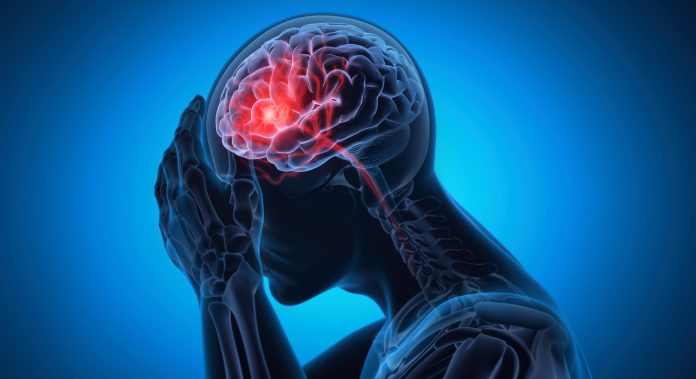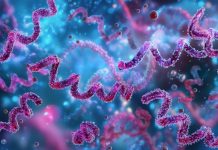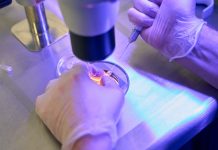A new study by the University of Manchester has found that a new clotbusting drug is significantly better at treating ischemic stroke than existing treatments
The compound, developed by scientists and known as caADAMTS13, could revolutionise ischemic stroke treatment for patients with brain blood clots with an overabundance of platelets – the tiny cell fragments that help form clots and are often not treatable by existing therapies.
The study, published in the journal Stroke, is funded by a British Heart Foundation 4-Year PhD Studentship Program and the University of Manchester Innovation Factory.
Breakthrough in ischemic stroke treatment
This new treatment for ischemic strokes is the first since clotbusting drug recombinant tissue plasminogen activator (rtPA) was licensed in September 2002. However, rtPA is only effective in as few as 10% to 35% of patients and is associated with a significant risk of bleeding.
Another clotbuster called Tenecteplase (TNK), a variant of rtPA, was recently approved for treating acute ischemic stroke in the United States but has similar limitations to rtPA. Both rtPA and TNK have identical efficacy and risk of haemorrhage.
caADAMTS13 has demonstrated multiple potential benefits in mice model
Von Willebrand Factor (VWF), a protein involved in blood clotting, helps platelets stick to damaged blood vessels and form the structure of blood clots. The greater the proportion of platelet and VWF components in a clot, the less effective rtPA is in dissolving it.
The scientists investigated an alternative strategy which utilises caADAMTS13, an enzyme that reduces the size of VWF and helps break down blood clots.
In previous mouse studies, caADAMTS13 improved cerebral blood flow, reduced damage in the brain, reduced the deposition of both platelets and a clot-promoting protein called fibrin, and displayed anti-inflammatory properties. However, a head-to-head comparison with the existing therapies of rtPA and TNK has not yet been carried out.
The scientists directly compared caADAMTS13 with rtPA and TNK in mice with a cerebral artery blockage from platelet and VWF-rich clots to mimic rtPA-resistance.
They found that the restoration of cerebral blood flow one hour after treatment was the greatest in the mice treated by caADAMTS13 and that at 24 hours, the caADAMTS13 mice had reduced brain damage.
Lead author Lucy Roberts, from The University of Manchester, said: “When someone has an acute ischemic stroke, doctors need to remove the clot blocking cerebral arteries in the brain quickly.
“To avoid severe and potentially life-threatening complications, the need to act fast is acute. Unfortunately, current treatments are only sometimes effective.
“However, our findings show that the compound we developed, called caADAMTS13, is more effective than current stroke treatments.
“That is why it is tremendously exciting that this compound could one day meet an unmet clinical need for stroke patients.”
Co-author and principal investigator Professor Stuart Allan from The University of Manchester said: “We know that removing blood clots can improve outcomes in stroke and that current treatments don’t always work.
“Therefore, the approach is proven to work, and we just need better drugs that can break down all types of blood clots. We think caADAMTS13 may allow this to happen.”
Professor Bryan Williams, Chief Scientific and Medical Officer at the British Heart Foundation, said: “A stroke is a medical emergency. For every minute blood flow to the brain is disrupted during a stroke, millions of nerve cells can become damaged and die. Stroke remains the single most significant cause of severe disability in the UK, and we urgently need new treatments.
“More research will be needed to understand how these early results in mice can be translated to humans, but this study gives us a promising glimpse into a future where the compound caADAMTS13 could potentially be developed as a new therapy to safely and effectively dissolve blood clots in the brain.”











